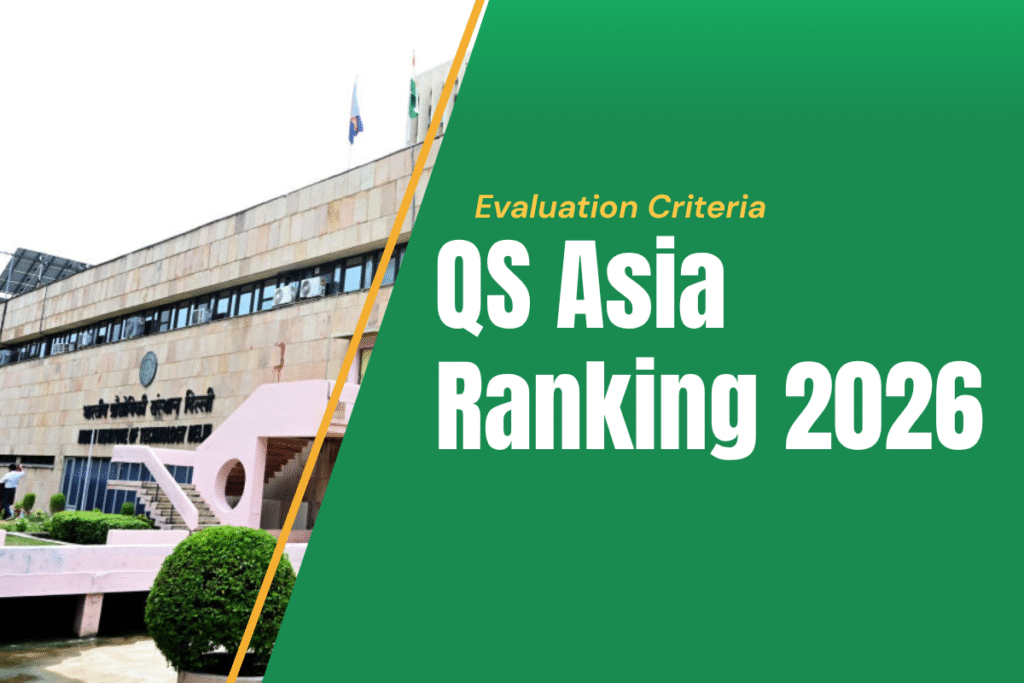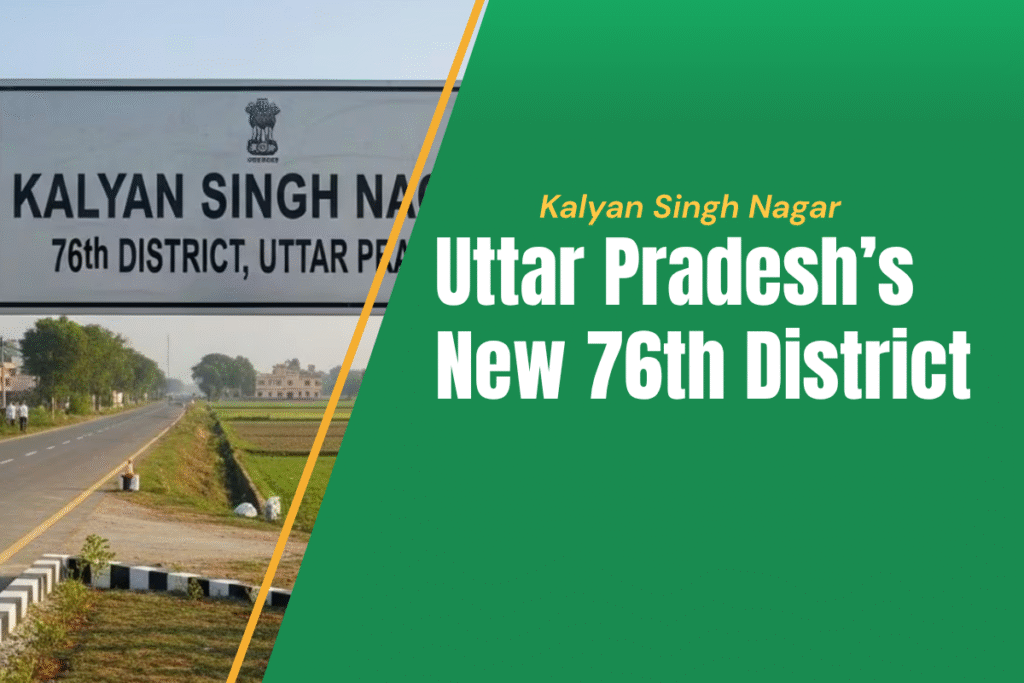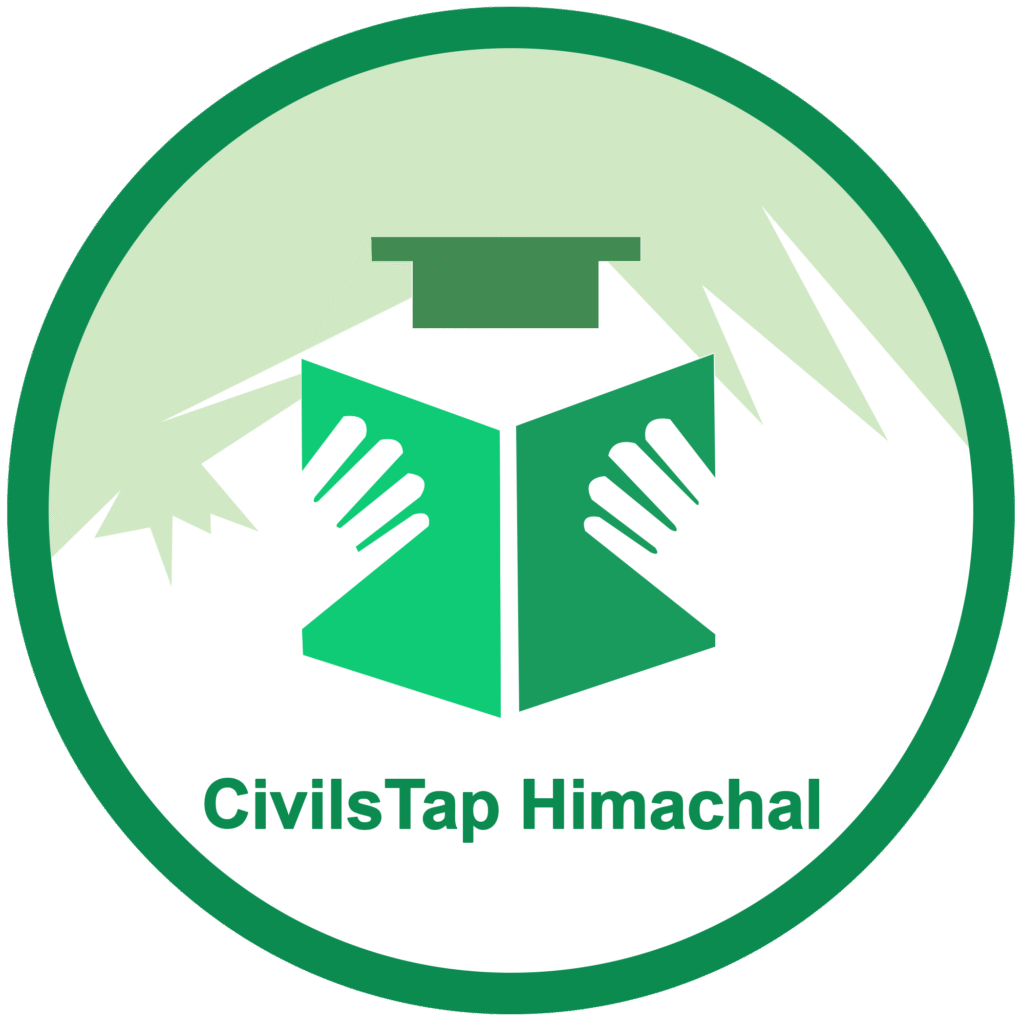06 Sep 2025: PRELIMS CURRENT AFFAIRS | Complete Exam Preparation
Prelims Current Affairs includes UPSC Chairman Dr. Ajay Kumar announced plans to establish a Centre of Excellence (CoE), The Union Cabinet approved a ₹1,500 crore Incentive Scheme for recycling critical minerals from secondary sources, Chamoli’s Nanda Nagar (Uttarakhand), Registrar General and Census Commissioner of India (RGI), India’s newest tiger reserve and HealthAI Global Regulatory Network (GRN).
ORGANISATION
1. CENTRE OF EXCELLENCE
Current Context: UPSC Chairman Dr. Ajay Kumar announced plans to establish a Centre of Excellence (CoE) as a knowledge hub of best practices for UPSC and State PSCs.
Objectives
-
Collect and share best practices, SOPs, and innovations in recruitment.
-
Strengthen transparency, efficiency, and fairness in exams.
-
Support State PSCs for improved recruitment systems.
Significance
-
Will create a uniform and transparent recruitment process across the country.
-
Encourages modern tools and innovation in examinations.
SCHEME
2. INCENTIVE SCHEME FOR CRITICAL MINERAL RECYCLING
Current Context: The Union Cabinet approved a ₹1,500 crore Incentive Scheme for recycling critical minerals from secondary sources. It is a part of the National Critical Mineral Mission (NCMM).
About the Scheme
-
Tenure: FY 2025–26 to FY 2030–31
-
Outlay: ₹1,500 crore
-
Feedstock: e-waste, Lithium-Ion Battery scrap, and other industrial scrap
-
Incentives:
-
20% capital subsidy on plant and machinery
-
Operational subsidy (40% in 2nd year, 60% in 5th year)
-
Limit: ₹50 crore for large entities, ₹25 crore for small entities
-
Expected Impact
-
Capacity creation: 270 kilotons of annual recycling
-
Critical mineral output: 40 kilotons annually
-
Investment: ~₹8,000 crore
-
Jobs: ~70,000 direct and indirect jobs
GEOGRAPHY
3. LAND SUBSIDENCE
Current Context: In Chamoli’s Nanda Nagar (Uttarakhand), people are witnessing land subsidence, adding to the state’s natural calamities like landslides, flash floods, and cloudbursts.
About Land Subsidence
-
Meaning: Gradual settling or sudden sinking of the Earth’s surface
-
Causes:
-
Natural: Earthquakes, volcanic activity, collapse of cavities, compaction of soil
-
Human-induced: Excess groundwater withdrawal, mining, and energy extraction
-
Impacts
-
Damage to infrastructure (roads, buildings, pipelines)
-
Increases flood risk and reduces aquifer storage capacity
-
Causes saltwater intrusion and changes in river/stream flow
-
High maintenance costs for public infrastructure
Global Context
-
Estimated 12 million sq. km of land worldwide is vulnerable
-
Reported in USA, China, Iran, Indonesia, Vietnam, Mexico, Egypt, Japan, Italy, and now India
4. PARTICULARLY VULNERABLE TRIBAL GROUPS (PVTGS)
Current Context: The Ministry of Tribal Affairs has asked the Registrar General and Census Commissioner of India (RGI) to consider separately enumerating PVTGs in the upcoming Census.
About PVTGs
-
Category: Sub-group of Scheduled Tribes (STs)
-
Identified By: Dhebar Commission (1960–61) under U. N. Dhebar
-
Criteria for Identification:
-
Declining or stagnant population
-
Geographical isolation
-
Pre-agrarian level of technology (hunting, gathering, shifting cultivation)
-
Economic backwardness and low literacy
-
Distribution
-
Total Groups: 75
-
Spread Across: 18 States + Andaman and Nicobar Islands
-
Population: 47.5 lakh (as per recent survey)
-
Largest Population: Madhya Pradesh, followed by Maharashtra (6.7 lakh) and Andhra Pradesh
Livelihoods: Depend on forest produce, hunting, livestock rearing, shifting cultivation, artisan works
Welfare Measures
-
PM JANMAN Scheme (2023):
-
Outlay: ₹24,104 crore
-
Aim: Improve socio-economic status, health, education, livelihoods, and amenities of PVTGs in 200+ districts
-
ENVIRONMENT
5. DEBRIGARH WILDLIFE SANCTUARY
Current Context: Odisha’s Debrigarh Wildlife Sanctuary is set to be declared as India’s newest tiger reserve.
About Debrigarh Wildlife Sanctuary
-
Location: Bargarh district, Odisha
-
Established As Sanctuary: 1985
-
Nearby Landmark: Hirakud Dam on Mahanadi River (world’s longest earthen dam)
-
Historical Link: Freedom fighter Veer Surendra Sai used it as his base during the revolt against British rule
ORGANISATION
6. INDIA JOINS HEALTHAI GLOBAL REGULATORY NETWORK (GRN)
Current Context: India has joined the HealthAI Global Regulatory Network (GRN), alongside the UK and Singapore, to share safety protocols and monitor AI use in healthcare.
About HealthAI GRN
-
Headquarters: Geneva
-
Nature: Independent non-profit promoting equitable access to AI in healthcare
-
Collaborations: Works with governments, international bodies, and health experts
-
Special Access: Members can use a Global Public Repository of AI-registered health solutions
Role of AI in Healthcare
-
Transforming Delivery: Data-driven, efficient, patient-centered care
-
Targeted Therapeutics: Supports drug discovery, clinical trials, personalized treatment
-
Connected Care: Enables chatbots, remote monitoring, virtual assistants for patient engagement
REPORT
7. ADR REPORT: CRIMINALIZATION OF INDIAN POLITICS
Current Context: The Association for Democratic Reforms (ADR) released a report analyzing the criminal background of ministers across India.
Key Findings
-
Ministers Analyzed: 643 (27 States + 3 UTs + Union Council)
-
Criminal Cases: 47% declared criminal cases
-
Serious Criminal Cases: 27% declared cases like murder, attempt to murder, kidnapping, crimes against women
Causes of Criminalization
-
Muscle Power: Criminal nexus used to influence elections (noted in Dharam Vira Commission, 1977)
-
Money Power: High election spending, corruption, illegal funding
-
Identity Politics: Caste/religion overshadowing criminal records
-
Weak Laws & Delays: Slow judicial process, poor enforcement
Impacts
-
Weakening of democracy and rule of law
-
Justice delayed, erosion of accountability
-
Risk of a “government of criminals, by criminals, for criminals”
Measures Taken
-
Legislative: Section 8(3), Representation of People Act, 1951
-
Judicial Pronouncements:
-
Union of India v ADR (2002): Mandatory disclosure of criminal records
-
Public Interest Foundation v Union of India (2018): Parties must publish candidates’ criminal records
-
Lily Thomas v Union of India (2013): Immediate disqualification of convicted legislators
-
Download Pdf | Study Material | Downloads | Daily Quiz | FREE Youtube Videos
Latest Blogs
Ask your Query
Recent Posts
- Strategic Reasons For India To Become Global Solar Innovation
- A Quick Guide on PRIP Scheme Boosts Pharma R&D
- Why QS Asia Rankings 2026 Are Important for Universities
- Kalyan Singh Nagar Becomes Uttar Pradesh’s 76th District – All You Need to Know
- Horticulture in Himachal Pradesh: Opportunities and Challenges
Browse By Category
- Daily Current Affairs (4)
- EPFO (4)
- HP Allied (7)
- HPAS/HAS (18)
- IAS (20)
- Monthly Current Affairs (1)
- PCS (20)
- Uncategorized (1)
- UPSC (19)
- Weekly Current Affairs (2)
- Yearly Current Affairs (5)

Archives
- November 2025 (3)
- October 2025 (8)
- September 2025 (10)
- August 2025 (10)
- July 2025 (6)

 November 13, 2025
November 13, 2025






Leave Comment